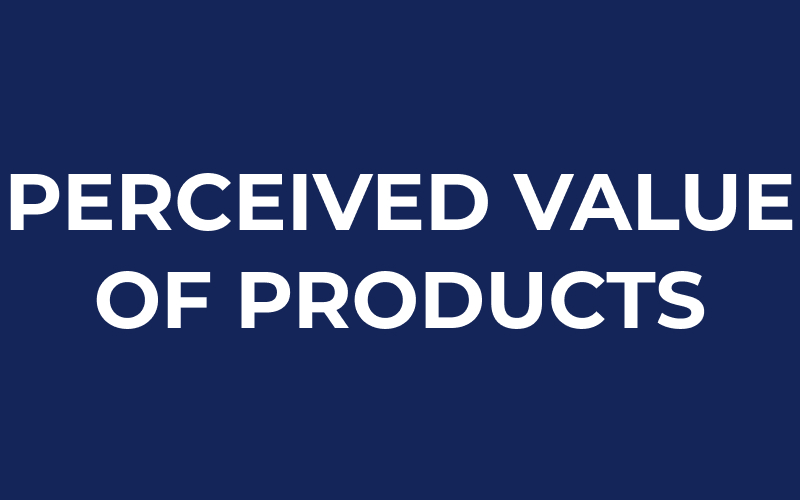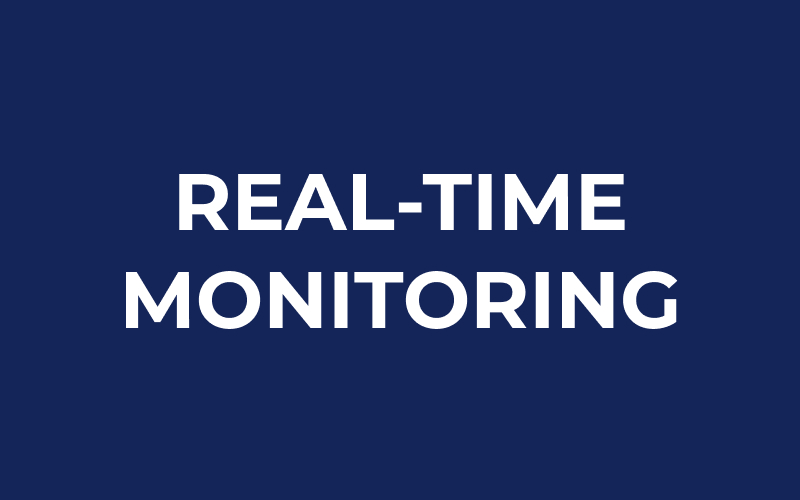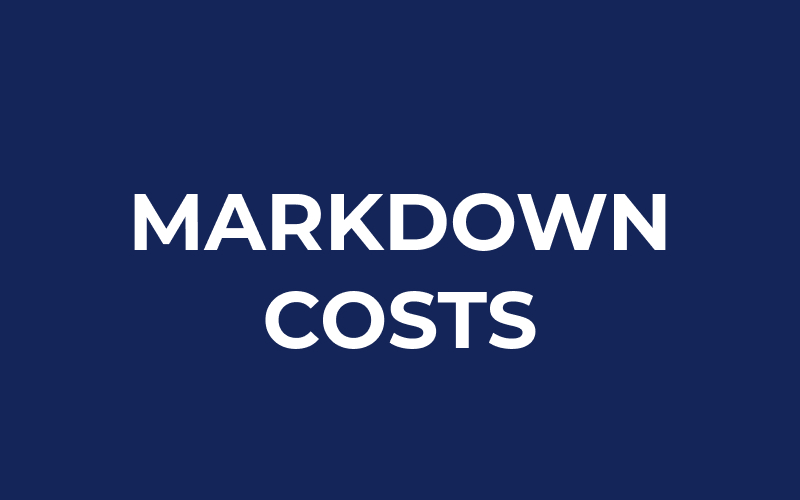Ex-works pricing (EXW)

Ex-works pricing (EXW), is a pricing method that is based on the cost of the goods or products at the factory or manufacturing site. In this model, the seller is responsible for making the goods available at the factory, while the buyer is responsible for all other costs, including transportation, insurance, and customs fees. Pros […]
Promotional pricing

In the world of ecommerce and retail, the way a product is priced can make all the difference. One of the most common pricing strategies used by businesses is promotional pricing. This involves offering products at a reduced price for a limited time to increase sales. The strategy can be effective in generating a “hype”, […]
Nonlinear pricing

Nonlinear pricing is a strategy that takes into account a variety of factors beyond the cost of a product or service. These can include the customer’s willingness to pay, the value they place on the product, and the competition. The goal of non-linear pricing is to find the optimal price that maximizes revenue and profits […]
Sales volume

In general sales volume refers to the total amount of goods or services sold over a certain period of time. It is a key metric in determining a business’s financial performance and growth potential. An increase in the volume indicates that a business is gaining market share, reaching new customers, or successfully promoting its products […]
The perceived value of products

Perceived value of products refers to the value that consumers place on a product, which may not always be aligned with the actual cost of production or the price tag but rather to the subjective value that is associated with a product or service based on factors such as its features, benefits, brand, and reputation. […]
Real time monitoring

In the fast-paced world of ecommerce and retail businesses, it’s essential to have a comprehensive understanding of the market and pricing strategies. One of the critical components of this understanding is real time monitoring. This refers to the process of continuously tracking and analyzing data related to sales, prices, and market trends to make informed […]
Pricing safeguards

Pricing safeguards refer to the measures that ecommerce and retail businesses take to prevent and detect illegal or harmful pricing practices, such as price fixing, resale price maintenance, and predatory pricing. These measures are put in place to ensure fair competition and protect consumers from harmful pricing practices. Pricing safeguards in ecommerce and retail In […]
Markdown costs

Markdown costs refer to the decrease in the original price of a product due to clearance sales, end-of-season promotions, and other discounts. In ecommerce and retail businesses, this pricing strategy is used to boost sales and clear out inventory. When retail businesses have excess inventory, they may choose to lower the price of these […]
Price anchoring

Price anchoring refers to the psychological phenomenon where consumers use an initial price as a reference point when making subsequent decisions. This can have a significant impact on their perception of the value of the product and influence their willingness to pay a certain price. For example, a retailer might advertise a high-end product at […]
Competitor price index

Competitor price index (CPI) refers to a metric that ecommerce and retail businesses use to monitor and compare their prices to those of their competitors. This index allows businesses to analyze pricing trends in the market and make adjustments to their own prices accordingly. The concept of Competitor Price Index (CPI) is a critical tool […]


